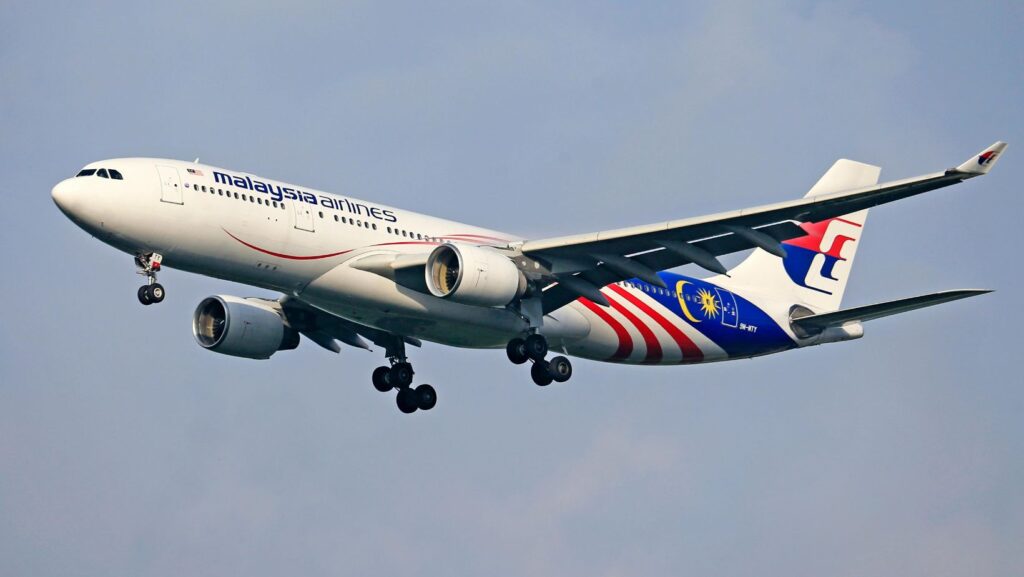
Flying and driving are two modes of travel that many people use daily. Despite the media’s focus on airplane incidents, statistics reveal a striking truth: the numbers support the view that commercial flying is far safer than traveling by car. This article takes a closer look at the data, explains why negative news stories may distort our sense of risk, and offers clear reasons why your fears might be misleading.
A Closer Look at the Numbers
Studies comparing transportation safety highlight a significant gap between the risks of flying and driving. For example, the chance of dying in a commercial air crash is about 1 in 11 million. On the other hand, the odds of dying in a car accident are estimated at 1 in 101. In addition, when looking at fatalities per mile traveled, car travel shows about 1.37 deaths per 100 million miles, while commercial flights have just 0.01 deaths per 100 million miles. This means that driving is approximately 137 times riskier than flying when distance is taken into account.
These figures come from aviation safety studies and data from organizations such as the National Safety Council. They are backed up by reports from agencies like IATA (International Air Transport Association), which remind us that even though tragedies capture headlines, the overall safety record of air travel remains exceptionally high.
How Media Coverage Shapes Perception
Air disasters attract significant media attention. Incidents like a plane landing upside down or a mid-air collision may seem to occur more frequently than they actually do. High-impact accidents can make us assume that flying is becoming more dangerous. In contrast, car accidents occur daily but rarely receive extensive and prolonged coverage.
This skewed reporting can create an incorrect picture. Psychological studies show that dramatic events tend to remain in memory longer than routine risks. As a result, people may overestimate the danger of air travel while underestimating the risks associated with driving.
Safety Protocols in the Aviation Industry
One of the key reasons behind the high safety record in aviation is the extensive training and strict maintenance protocols in place. Airline pilots undergo rigorous training programs that include thousands of hours of flight experience, simulator tests, and regular re-certification. Furthermore, airlines follow strict maintenance schedules, ensuring that every component of the aircraft is checked and double-checked by experienced mechanics.
Here are some of the safety measures that contribute to the reliability of air travel:
- Airline pilots are required to meet high training standards, with continuous oversight by air traffic controllers.
- Aircraft are built with redundant systems that handle failures without compromising safety.
- There is an internationally coordinated system of agencies such as the FAA (Federal Aviation Administration) and similar bodies in other countries that constantly review and improve flight safety.

These practices are unlikely to be matched in the world of personal car operation. Maintenance and driver training vary widely among car owners, and while modern vehicles have improved safety features, they do not benefit from the same consistent international standards that govern commercial air travel.
The Role of Rare but Impactful Incidents
It is natural for people to fear incidents that receive significant press coverage. Incidents like the near-collision at Chicago Midway Airport or the emergency landing with a haze-filled cabin get detailed attention in the news. While such incidents are alarming, experts point out that even these events fall within an overall excellent safety record for air travel.
An aviation safety expert explained that flying should not cause undue worry because the overall safety record far exceeds that of car travel. Even though every incident is taken very seriously, the rare close calls and mishaps are thoroughly investigated, and their lessons are quickly incorporated into safety improvements across the industry.
It is worth noting that safety statistics and investigations play a vital role in maintaining and raising the safety bar in air travel. If concerns arise, authorities work to adjust policies, and new procedures are implemented based on detailed investigations. This continuous focus on improvement has helped reduce the fatal accident rate dramatically over the past decades.
Comparing Everyday Driving and Air Travel
Driving is a daily reality for many, but the risks are often hidden in the background. Car drivers might never consider the full implication of a poorly maintained vehicle or the impact of fatigue. In contrast, airline operations are subject to stringent regulations, and any deviations are met with immediate corrective action.
Factors in driving that heighten risk include driver error, road conditions, and varying standards in vehicle maintenance. Even with modern safety technology, these unpredictable variables add up to a higher overall risk, as confirmed by the fatality numbers.
The comparison raises a clear point: while individual car drivers might feel more comfortable in a vehicle they control, the system in place for commercial flight, with its shared standards and strict oversight, creates a much safer travel environment. It is this strong safety infrastructure that minimizes the possibility of fatal incidents during flights.
Addressing Fears and Taking Action
For those who struggle with a fear of flying, it helps to focus on the facts. The high safety record of air travel provides reassurance that the system is designed to minimize risks to passengers. Experts often advise that understanding these statistics can help reduce anxiety.
For legal guidance related to aviation mishaps, interested readers can seek expert advice. For example, if you are affected by an incident or need professional advice in such scenarios, consider consulting a Houston aviation accident attorney.
In addition to professional advice, consider techniques to help manage your anxiety about flying, such as:

- Engaging in deep breathing exercises or meditation before and during the flight.
- Talking to a therapist who specializes in travel anxiety.
These strategies can help reduce stress and provide a pathway to overcoming fear, making the prospect of flying less intimidating.
Final Thoughts: Why the Numbers Matter
The data paints a clear picture: statistically, plane travel is far safer than driving. While accidents may seem to be on the rise in isolated incidents, the overall trend in aviation safety continues upward. Advancements in training, safety protocols, and technology contribute to air travel’s excellent track record, regardless of what headlines might suggest.
It is essential to evaluate risk by looking at verified data rather than relying solely on dramatic news stories. Driving, although seen as a regular part of life, comes with risks that are often normalized until a serious accident occurs. By understanding these differences and focusing on the facts, you can make better travel decisions based on evidence rather than unfounded fears.
In conclusion, flying remains a highly reliable mode of transportation. When compared objectively to driving, the numbers support the idea that you are far more likely to encounter danger on the road than in the air. Next time you plan a trip, remember that public air travel is supported by some of the strongest safety measures in place, and let the numbers help set your mind at ease.







